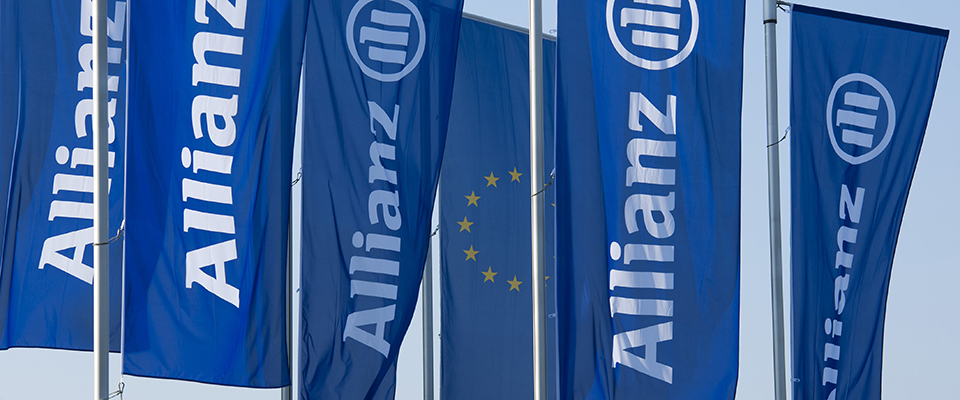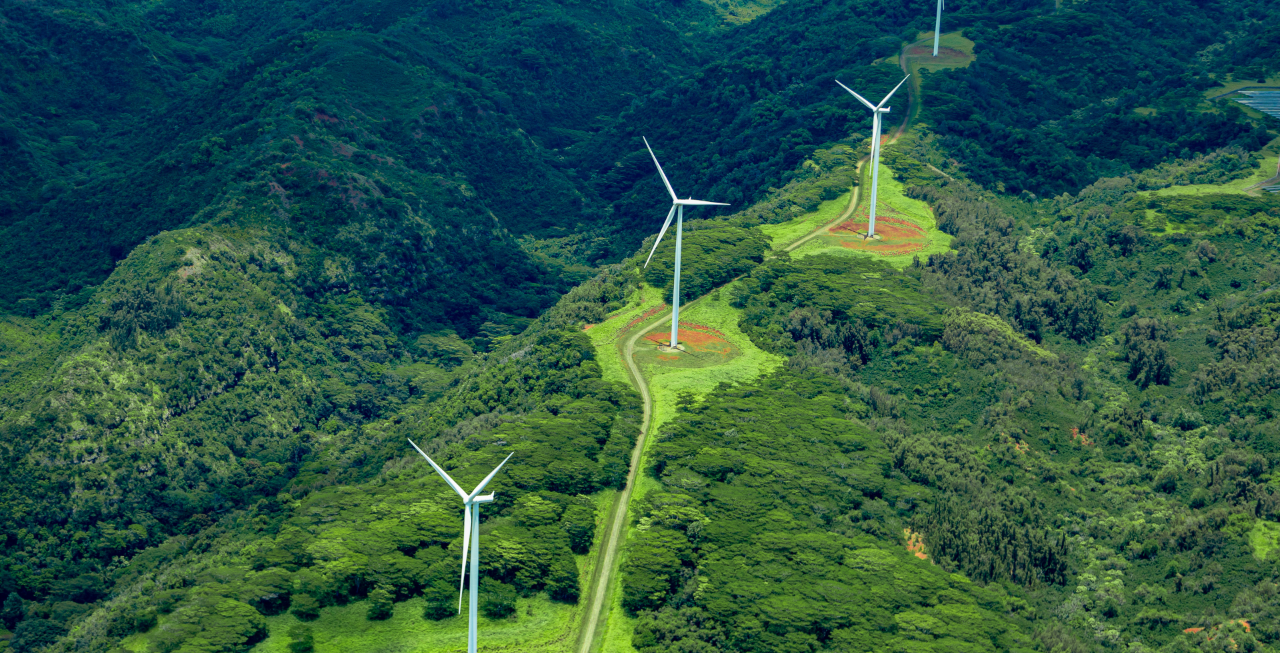In 1875, science fiction writer Jules Verne posited an idea that was considered rather preposterous at the time.
“Water will one day be employed as fuel, that hydrogen and oxygen which constitute it, used singly or together, will furnish an inexhaustible source of heat and light, of an intensity of which coal is not capable,” he wrote in his book ‘The Mysterious Island’.
Today, Verne’s prophecy is well on its way to becoming a reality. Touted as the ‘green oil of the 21st century’, hydrogen is increasingly being promoted as an alternative to fossil fuels.
Being a ‘clean’ burner, hydrogen promises to be a valuable weapon in the fight against climate change. Allianz Corporate Global & Specialty (AGCS), the corporate insurer of the Allianz Group, illustrates the opportunities and the risks that the molecule presents.



